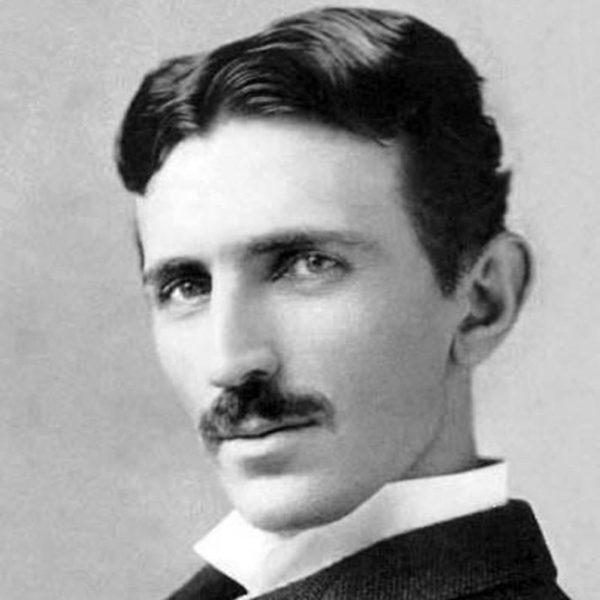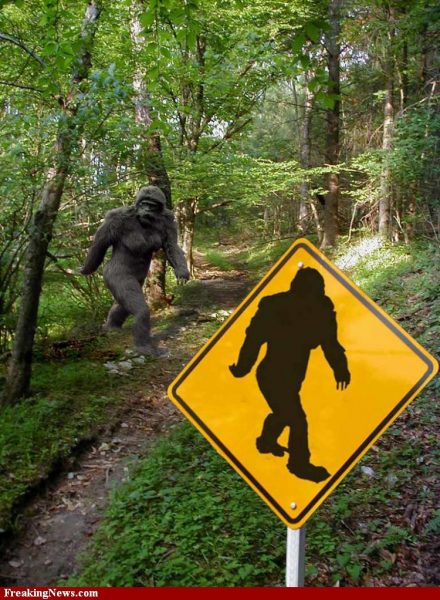Me: Okay, let’s talk about the DNA pineal gland reactivation. It’s really fascinating how the pinecone is depicted all over the world. There’s a huge model of one in the Vatican. What’s that all about? You see it on ancient structures too.
(Long pause)
Jamie: I have no idea where he just took off. I mean vocally. He’s sitting here, but… He’s talking about Chinese imagery, Japan, the stacking figures.
Me: Nesting dolls? What?
Jamie: Stippits, stip, stupicus? Hold on. Stupa? (Laughing) I don’t know! Erik, c’mon!
I chuckle.
Jamie: S-T-U-P-K-A. Stupka?
Me: Never heard of them.
Erik: They’re stacked images and even when the pinecone is—when you think about it, there’s the modern day skyscrapers as well.
Me: What?
Erik: Yeah. Everything attaches to a core structure. The core structure goes up to the top and everything follows off the side. It’s the same with any structure; it’s the same with the human body.
Jamie: He’s relating the pinecone back to abilities of intuitive skills—more of a spiritual nature, not so much as a symbol of “welcome”.
Erik: It’s more of a symbol of reaching out and beyond.
Me: Hmm.
Jamie: I feel like there’s a whole other level to this conversation that for some reason he’s not taking us, or …
Me: Sounds like it!
(Pause)
Me: Well, why not Erik?
Jamie: I’ve already been drilling him.
(Long pause)
Jamie: He’s talking to me about the brain and the endocrine system, the pineal gland.
Me: Does the pinecone represent the pineal gland?
Erik: Yes, because the pineal gland is what’s associated mostly to the subtle energy systems of the body, the intuitive skills of the body. It’s kind of the one gland that links the subtle energy, the ethereal and the beyond to the physical body. It’s not the plug, you know. It’s not what keeps you plugged in, but it is kind of a hand holding system.
Me: What do you mean?
Erik: It’s the orchestrator. Imagine the pineal gland with a stick in its hand telling the systems how to translate the emotions that are happening. And that emotion is instantaneously that subtle vibration that resonates the soul and the spirit that connects so well to intuitive skills, telepathic skills, and psychic mediumship skills. The pineal gland is the one that translates how that emotion is reacting and what that emotion is saying and how the body should be reacting. So it produces the hormones or it doesn’t. It talks to all of the other glandular systems. Shuts them off; turns them on so the body can have a physical reaction and the thoughts can soon follow after.
STAY TUNED FOR PART TWO AND HAVE A GREAT HOLIDAY WEEKEND!
****************************
Dear Reader,
The journey on which you’re about to embark will take you through stories that are deeply personal and involves a relationship between a mother and her son.
As a physician raised by two atheists, I had no personal belief system about life after death. In a word, I was a confirmed skeptic. As my journey progressed, my mind opened. It is my sincerest hope that yours will open as well and that you will have a greater understanding of your own life and what’s to come ahead.
Although Erik sometimes paints a rosy picture of the afterlife, time and time again he stresses that suicide is not the answer to one’s problems. If you struggle, please understand that the information in my blog and my book is no substitute for professional help. Please click here for a list of resources for help when you find yourself considering taking your own life. Know that they are readily available when you feel that hopelessness and despair that many of us feel from time to time in our lives.
I refuse all donations and ad revenue on the blog. It is my dream to one day establish a nonprofit organization that delivers a variety of spiritual services for those who have lost loved ones to suicide and cannot afford that assistance on their own. It’s a mission of love, sacrifice, and dedication.
Love and light,
Elisa



